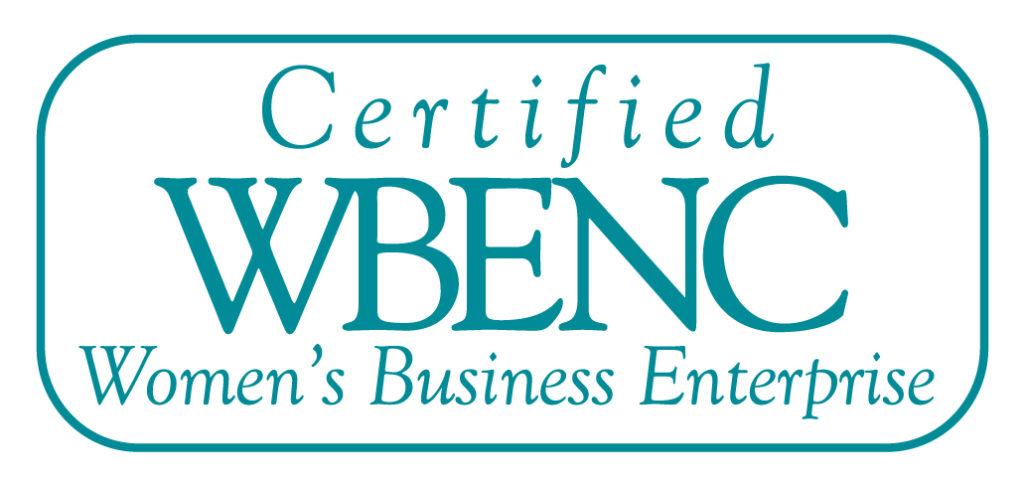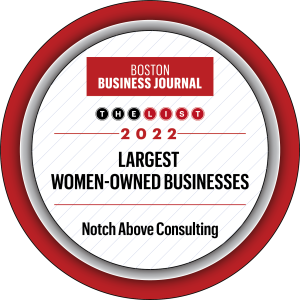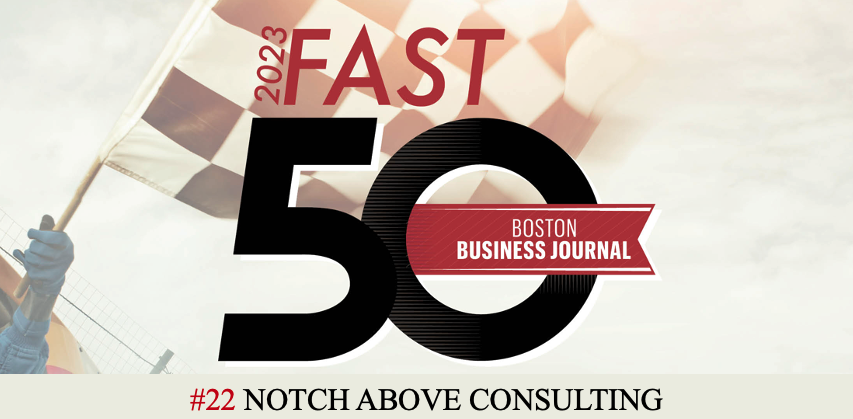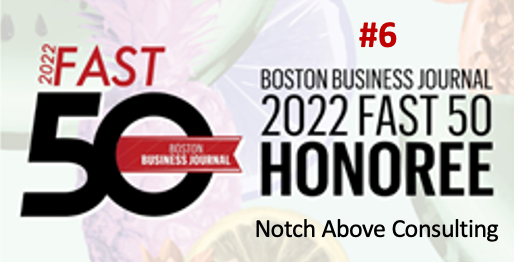Case Study
Agile Transformation
Topics
Global Energy Supplier
Executive Summary
1. Self-Organized Teams
2. Management Mindset
3. Contract Agreements
4. Development Cycle
" I have not only learned what agile is about, but I find myself being a better manager because of it. Thank you for everything. “
Challenges
Agile Assessment Solution
Notch Above Consulting was brought in to perform an Agile Assessment to determine where the teams were facing issues, and how to address them. By shadowing the teams and working closely with the various stakeholders, the Notch Above Consulting Agile coach was able to quickly identify the key blockers that were preventing the organization from achieving the benefits of Agile. The key findings were shared, and the Notch Above team went on to help the organization form an Agile Transformation Office to ensure best practices were used and leveraged across the organization.
While undergoing an Agile Transformation, our client needed assistance to identify why their Agile operating model was not delivering the desired results. Notch Above Consulting provided a 4-week Agile Assessment and was able to uncover four areas of concern
Results
The Agile Assessment results highlighted 4 major areas:
1. Self-Organized Teams – Scrum teams were overly complicated and did not contain the actual developers, but rather project managers communicating on their behalf. The teams were not cross-functional and did not have the autonomy required to deliver and improve.
2. Management Mindset – While teams were trained in Agile, managers were not. They expected the same traditional reports and were not trained on how to enable and trust the working scrum teams.
3. Contract Agreements – Teams were set-up by multiyear projects and the company had not established a product/service mentality. Vendors were engaged based on fixed scope, time and budget which didn’t allow for agility or business value driven results.
4. Development Cycle – The lack of an Enterprise DevOps pipeline hindered teams from continuous integration and deployments. When tools were found they were project specific and multiple instances of similar applications were maintained.
Led by the Notch Above Consultant, an executive IT Agile Steering Committee was formed to directly address the above areas of concern blocking their transformation.
Next Steps
- Conduct a small pilot project that challenged the current obstacles and allowed for a solution playground at scale.
- Identify a company specific Agile scaled portfolio that provided the uniqueness required for success,including identifying products and
services properly. - Create a DevOps team focused on creating the necessary tool pipeline; and defining processes to ensure transparency and reporting required.
- Invest in commercial and procurement Agile training to outline new types of vendor relationships that focus on partnerships and staff augmentation.
- Coach and develop middle management so they properly understand the Agile operating model and can empower the scrum teams.
- Reconfigure the scrum teams to be cross-functional allowing delivery of full feature functionality.



